Family and country part of Chinese self-structure
Author : Wang Pei, Chen Qingwei Source : Chinese Social Sciences Today 2014-09-24

A statue of Fan Zhongyan in the front of the South Square at the Suzhou Railway Station, Jiangsu Province.
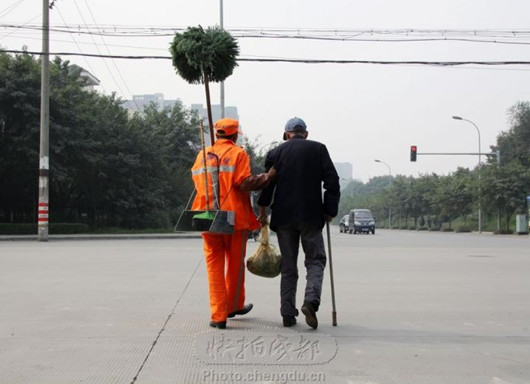
Pei Jianzhong, a sanitation worker, supports a disabled old man to cross the road at the Baliqiao Road in Chengdu, Sichuan Province, on October 26, 2012. Taking pleasure in helping others is considered as a virtue of the Chinese nation.
The study of the self has a long tradition in psychology, sociology, anthropology and philosophy. Throughout the ages, countless scientists and literati have devoted unrelenting efforts to the topic and produced a wealth of amazing scientific findings, fascinating literary works and inspiring philosophical ideas.
The majority of psychologists agree that the self is a dynamic concept with a multidimensional and multifaceted structure. In his book The Principles of Psychology (1890), prestigious American philosopher and psychologist William James first proposed that the self consists of “I” and “me,” and further broke it down to the material, social and spiritual selves.
With self theory initiated, James triggered a slew of research into the area and led it to prosper.
Relevant studies
Some researchers challenged James’ way of dividing the self, claiming that the concept could be interpreted from the perspectives of the “in” group and “out” group, and putting forward the distinction between the private self and the collective self.
Given the influence of culture on the self, Harry C. Triandis, a pioneer of cross-cultural psychology, contended that the self comprises the private, public and collective selves.
Triandis argued that culture would affect the probabilities of differential sampling of the private, public and collective selves. The more individualistic the culture, the more frequent the sampling of the private self and less frequent the sampling of the collective self.
On this basis, Hazel Rose Markus and Shinobu Kitayama, another two prominent cultural psychologists, held that people in Asian cultures generally show more interdependent self-views, whereas people in Western cultures show more independent self-views.
American social psychologist Marilynn Brewer further developed Markus and Kitayama’s view into an argument that the self is individual, rational and collective.
While existing Western studies and theories vary significantly in the point of departure, research object and methodology, most of them reflect Western individualism or the cultural values featuring “individual orientation.”
In other words, the self was defined on account of how to “protect” and “extend” various relations between the self and the surroundings with an emphasis laid on the difference between the individual self and others.
Applying to China
Different from the Western individualism-oriented society, China has upheld collectivism since antiquity, stressing the importance of self-cultivation and benefiting others at personal expense.
“Be the first to worry the woes of the people, and the last to share the wealth of the people,” famously claimed Fan Zhongyan, a politician and literary figure from the Song Dynasty (960-1279). Fan’s words indicate that Chinese place national interests above all and couple their personal honor tightly with the prospect and fate of their own country.
Some studies have found that to the Chinese, the concept of the self also encompasses their parents and friends. This is totally different from the view of the Westerners who take themselves as selves only.
According to Markus and Kitayama, people have different self-structures in different socio-cultural backgrounds, so all self-relevant processing processes will go in different forms. Once individuals’ self information is differently processed, the neural mechanism will differ accordingly. This suggests that culture is capable of shaping the brain of individuals.
After deconstructing traditional collectivism, Brewer divided the self into the individual, relational and collective selves, as mentioned above. Specifically, the individual self is a personalized self concept different from others; the relational self stems from associations with others and roles individuals play; and the collective self is consistent with the concept of social identity, incarnated as their collective (group) identity.
In his research reflecting upon self-appraisal, the contemporary Chinese psychologist Huang Tingxi noted that the Chinese traditional culture values social harmony and interpersonal coexistence a great deal; in no way can an individual live without others. Obviously, interpersonal sharing and affection and social responsibilities of individuals are focuses of the attention.
Conversely, Westerners regard social exchange as important. For the sake of personal well-being, they prefer to realize their own goals through competition.
Therefore, studying the self of the Chinese entails more attention to important others, family and even nation.
To some degree, the Chinese way of understanding the self implies a “differential mode of association” in essence.
Qi Li, an associate professor at the Department of Social and Public Affairs at the University of Taipei, compared and analyzed the “differential mode of association” and “organizational mode of association,” “individualism” and “collectivism,” two groups of concepts proposed by the late Fei Xiaotong, a pioneering sociologist and anthropologist in China. Qi finally came up with the triangular pattern of individualism, collectivism and familism.
He concluded that traditional China is a family-oriented society. Familism is different not only from collectivism that emphasizes identity with subgroups, but also from universalistic individualism.
Culture-specific self-structure
It is the unique culture of China that determines the distinct composition and structure of the self of the Chinese. Constituted by self-cognition, cognition of important others (parents, friends and teachers) and identity with the collectives individuals belong to (ethnic groups and nations), the Chinese self-structure integrates “I, family and country.”
“I” corresponds to self-cognition; “family” refers to the relational self focusing on important others; and “country” represents the collective self with ethnic groups and nations at the core.
This conception is centered on self-cognition and incorporates the relational self of important others and the collective self of groups, thus bringing an integrated homologous structure into being.
Through technology of cognitive neuroscience concerning self-relevant effect, it is found that the self of the Chinese is indeed unique, in that they pay particular attention to the collective self (country) in the early stage of information processing, when the advantage of the collective self outweighs that of the individual self.
In the middle stage of processing, there is no advantage difference among “family,” “I,” and “country.” It was not until the later stage that the individual self overtakes the relational self as the dominant processing condition and preferential distribution of cognitive resources is brought about.
Therefore, in the “I-family-country” tripartite self-structure of the Chinese, no specific self could maintain predominance, but each of them might be advantageous depending on the processing stage. The early stage of processing is dominated by the collective self and the later stage by the individual self.
Additionally, the tripartite selves of the Chinese are not significantly different in activation in self-relevant encephalic regions, indicating that they are interrelated rather than isolated from one another.
Wang Pei is a professor at the Department of Psychology at the College of Education at Shanghai Normal University. Chen Qingwei is a doctoral student at the School of Psychology at South China Normal University.
The Chinese version appeared in Chinese Social Sciences Today, No. 641, Sep 1, 2014.
Chinese link: http://sscp.cssn.cn/xkpd/xlx/201409/t20140901_1311083.html
Translated by Chen Mirong
Revised by Tom Fearon
Ye Shengtao made Chinese fairy tales from a wilderness
Ye Shengtao (1894–1988) created the first collection of fairy tales in the history of Chinese children’s literature...
-
How northern ethnicities integrated into Chinese nation
2023-09-18
-
Mogao caves
2023-09-12
-
Mogao Grottoes as ‘a place of pilgrimage’
2023-09-12
-
Time-honored architectural traditions in China
2023-08-29
-
Disentangling the civilizational evolution of China
2023-08-28
-
AI ethics in science fiction
2023-08-23




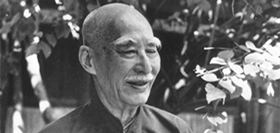
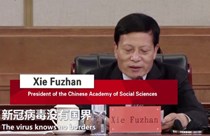
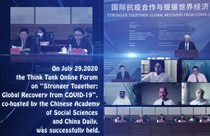
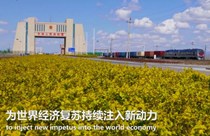
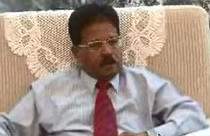
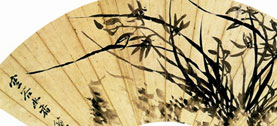

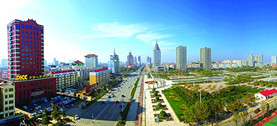


 2011-2013 by www.cssn.cn. All Rights Reserved
2011-2013 by www.cssn.cn. All Rights Reserved